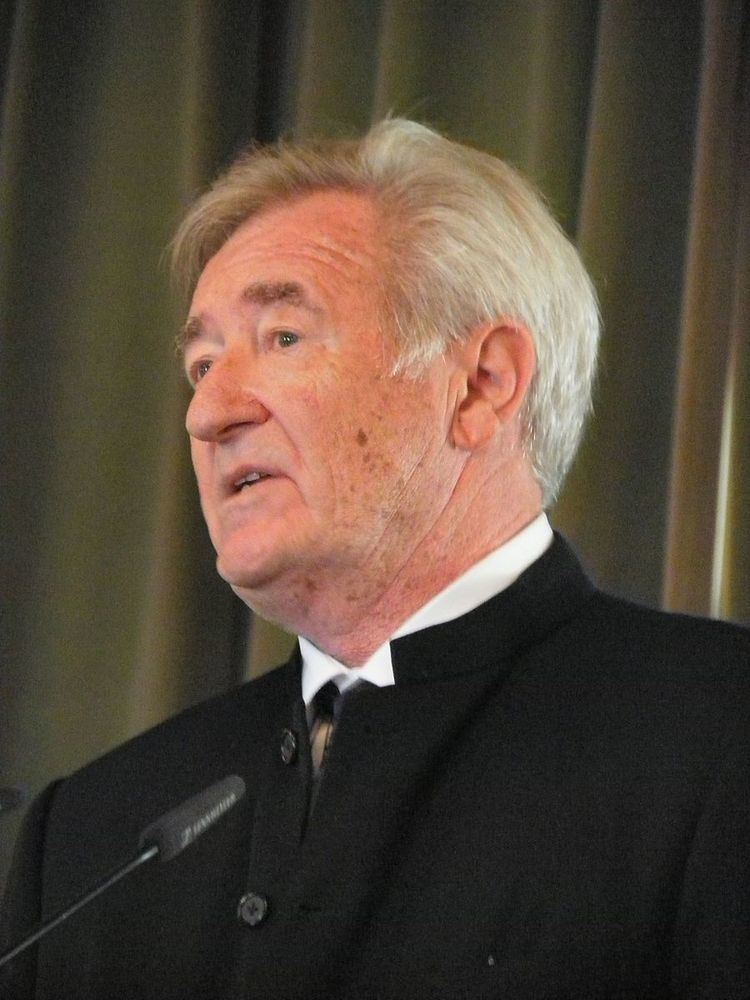Nationality Polish American Name Wojciech Lesnikowski | Occupation Architect | |
 | ||
Full Name Wojciech Grzegorz Lesnikowski Alma mater Cracow University of Technology Awards Ordre des Arts et des Lettres (1990), Krakow Laurel Award (2013) | ||
Wojciech Grzegorz Leśnikowski (May 9, 1938 – April 17, 2014), was a Polish–American architect, writer and educator. He oversaw and participated in the design and construction of numerous large-scale architectural projects around the world.
Contents
Career
Wojciech G. Lesnikowski passed the maturity exam in 1955, in the I Liceum Ogólnokształcące im. Mikołaja Kopernika in Bielsko-Biała(www.kopernik.bielsko.pl). Lesnikowski received his Masters of Architecture and Urban Planning from the Cracow University of Technology, School of Architecture and Urban Planning in 1961. He worked in Krakow, Poland, for a few years, then in 1964 he left for Paris for an internship with the famed architect Le Corbusier. He worked for Pierre Vago and Jean Renaudie, as well as Le Corbusier, while in Paris. He began teaching at the L'Ecole des Beaux-Arts in 1967. He went to America in 1969, worked as an architect in Chicago and continued to teach at numerous prestigious institutions. He was a chief architect at HNTB, Loebl, Schlossman & Hackl and HOK Corporation. He served as the lead designer of a hospital and a skyscraper – the iconic red CNA Center. He became a distinguished professor at The University of Kansas in 1988. In 1990, he became a Knight of the Order of Arts and Letters in France. In 2013 he became the eighth person to receive a Laurel Award from Krakow, Poland. He has created numerous architectural projects such as housing estates, public buildings, airports, hospitals and skyscrapers in Poland, France, the United States, New Zealand, China, Japan and Italy.
Teaching
Writing
Awards
Architectural philosophy
Family
Wojciech Lesnikowski was the son of Roman and Irena, born in 1938, one year before the German invasion of Poland. In pre-World War II Poland, his father was a soldier, a lawyer and a politician. His mother was Jewish, so when the Nazis arrived, his father hid the family on the rural property of one of his business clients. His father fought on the side of the Soviet Union later in the war, and was sent to Krakow as a government administrator after it was over. In 1948, when rulers found out about his father's anti-communist sympathies, the authorities came to the Lesnikowski home on Wojciech's 10th birthday. He did not see his father again until 1953, when he was released from a Soviet Gulag following the death of Joseph Stalin. His parents survived the war, but many of his family members did not. Wojciech married a fellow architect and educator Rebecca James in 1987. On July 22, 1995, he became a single parent to his two young daughters, when his wife died in a horse-riding accident in Poland. He later married Julie Lesnikowski, owner of Jordan Ross Designs in Lawrence, Kansas.
Death
Lesnikowski continued to teach at the University of Kansas through a year-long battle with brain cancer. He died suddenly on the morning of April 17, 2014 in Lawrence, Kansas. He was survived by his wife and three daughters.
